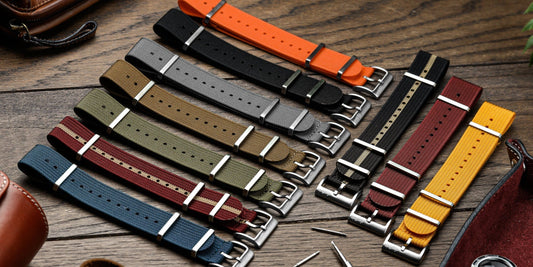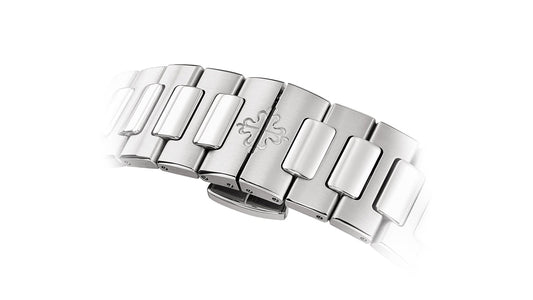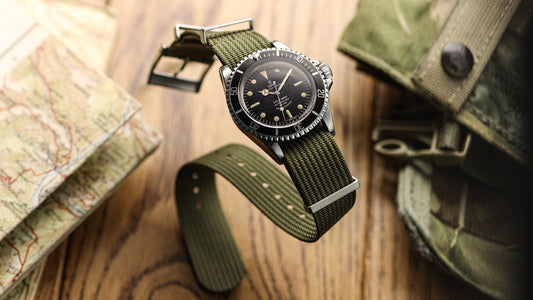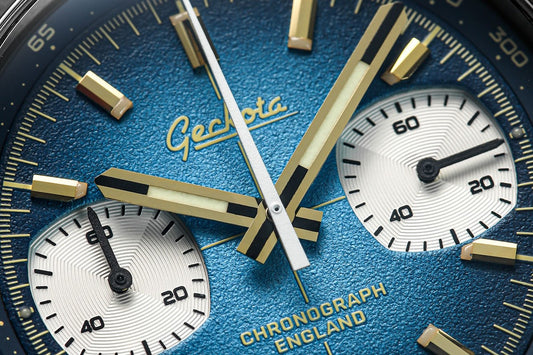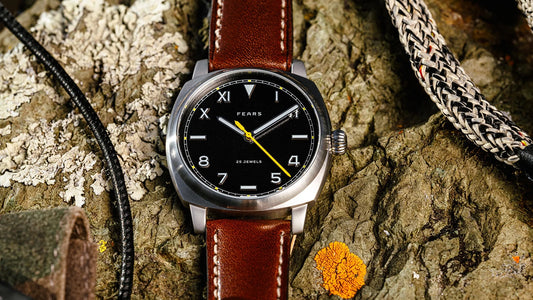Over the past few years we've heard much about in-house movements and chronometer certifications, but are these things really of benefit or are they just advertising hype?
Movements such as the Rolex cal. 3175 and the Tudor cal. MT5602 are both good examples, and while their quality is beyond reproach, are they really any better at doing what they do? Let's take a look at the in-house movement first and then move on to the chronometer certification.

Rolex Calibre 3175 - Wiki/Common/Unrestricted
In-House Movements
This just means that the movement has been designed, manufactured and built by the watch manufacturer, indeed, some of the components may still be sourced elsewhere. The benefit to the watch manufacturer is twofold. Firstly, the manufacturer has full control over the complete manufacturing process, isolating themselves to a large extent from the production problems, cost increases and quality issues of other manufacturers. Secondly, it ties the customer into returning the timepiece to the manufacturer for servicing or repair, as they control all genuine part availability. In-house movements are more for the enthusiasts, for them it completes the picture, and while I can fully appreciate this view, I feel it's unwise to write-off other movements that have earned respect. Would it be fair to say that companies who only manufacture movements are specialists, but companies that manufacture complete watches may be considered 'jacks of all trades' in comparison? Perhaps not, but I'm sure you can see what I'm getting at.

Tudor Calibre MT5602 - Credit Tudor (W&W press pack)
Chronometer
According to Controle Officiel Suisse des Chronometres (COSC), an officially certified chronometer is a high precision watch capable of displaying the seconds and housing a movement that has been tested over several days, in different positions and at different temperatures by an official neutral body. Although the watch face may display the words 'Officially Certified Chronometer' it's actually the movement itself that holds the accolade; the accepted tolerance being -4 to +6 secs./day. So! That's sorted then, if you want an accurate watch you need to buy a chronometer! Wouldn't it be nice if things were that straight forward? Let's look a little deeper.

Rolex Datejust Certified Chronometer - Credit WatchGecko
The Real World
To certify anything to a fixed standard, consistency is key; without consistency the results, along with the certification, is meaningless. This is why every movement that attains a chronometer certification has gone through exactly the same series of tests and examinations, that process is what allows the certification to carry weight; however, once the movement begins its life on your wrist it's a world away from the short spell of predictability it enjoyed in the COSC laboratory.

Omega Seamaster 300 Certified Chronometer with non-in house movement - Credit WatchGecko
Chronometer and Non-Chronometer Movements
I've mentioned in a previous article that chronometer grade movements are a higher grade movement throughout and not just a normal movement that's been better regulated. In reality, a chronometer may lose 4 seconds a day on one person and the same chronometer may gain 6 seconds a day on another person, depending on what their different lifestyles involve. It's probably more useful to look on a chronometer certificate as a better starting point. Are we to accept that non-chronometer grade movements are inaccurate and cannot be relied upon to the same extent? No! Certainly not!
Real World Appraisal
A few months ago I decided to assess two of my own watches. The first was a Christopher Ward SW330 chronometer and an ORIS TT1 Diver chronograph non-chronometer ORIS 674 (Valjoux 7750 base) to see how they compared accuracy wise. The Christopher Ward is a couple of years old and generally runs at +4 secs./day now that it's settled down, regardless of overnight position. The ORIS is 2008 and I serviced the movement around four years ago. On the timegrapher the ORIS is well outside chronometer tolerance with maximum deviations of -7 to +10 secs./day with a beat error of between 0.0 m/s and 0.3 m/s depending on position.
The Christopher ward on the other hand shows maximum deviations depending on position of +1 to +5 secs./day with a beat error of 0.2 m/s across the board. You don't need to be a genius to see that the Christopher Ward chronometer is much more consistent, and on the face of it, accurate! Each watch was worn for two weeks in my normal everyday life; I'm pretty active and 'normal' includes hiking, mountain biking, cross-country running along with all the mundane stuff. Each watch was checked against the 'Time & Date' website each night before going to bed. At the end of the 14 day test period the Christopher Ward chronometer was 51 seconds fast, the ORIS at the end of its 14 day stint was just 2 seconds fast! But why?

Oris Calibre 473, a new breed of in-house - Credit WatchGecko
Too Good!
The reason is that the chronometer is too good and too consistent! No matter what position I place it down overnight it makes virtually no difference to the timekeeping, it just keeps gaining its 3 or 4 secs./day. The ORIS on the other hand is much less consistent and depending on which position I place it down at night I can make it lose or gain various amounts, even so, when checked randomly on numerous days it was never more than 5 seconds adrift from exact time. It's just a case of knowing what the movement loses or gains when placed in different positions. It sounds like a lot of 'faffing about' but it's done without really thinking about it when you know your watch!

Rolex Submariner Certified Chronometer - Credit WatchGecko
Definitive Conclusion?
No, not really. More of an observation that many of you will already know about and have been doing for years. The real point is that it highlights the fact that just because the word 'chronometer' is written on the dial it doesn't mean that it's accurate, it means that it's consistently accurate within a fixed parameter. Now, unless you're happy having your pride & joy in bits, you're stuck with how your movement is performing, but with a little knowledge you can use the inconsistency of your non-chronometer movement to your advantage. Even though my Christopher Ward chronometer is exceptional, the screw-down crown on the ORIS gets far less use than the screw-down crown on the Christopher Ward!
The Final Word
There isn't one really. It's just an insight into what the manufactures would like to have us believe and what's actually the case when you wear the watch in the real world. With all that's been said, it brings things into perspective when my Seiko Golden Tuna with a 7c46 quartz movement blows them both out of the water with +1 sec/month under any conditions and no matter how I place it down at night!






